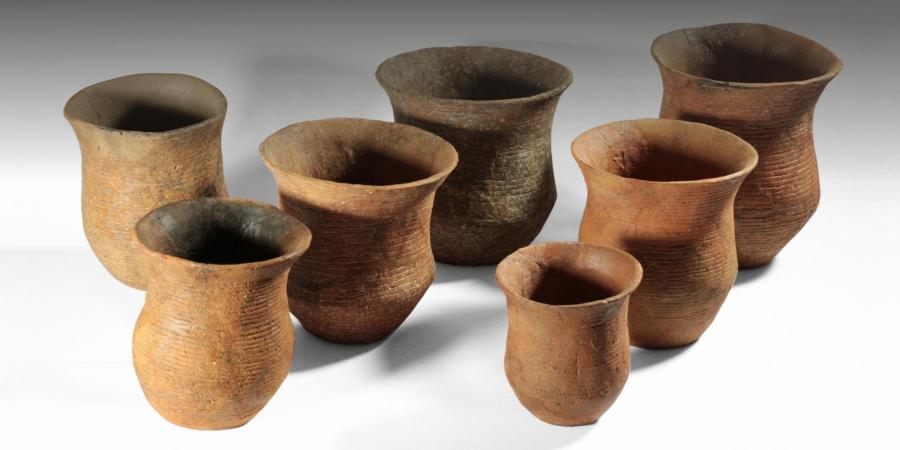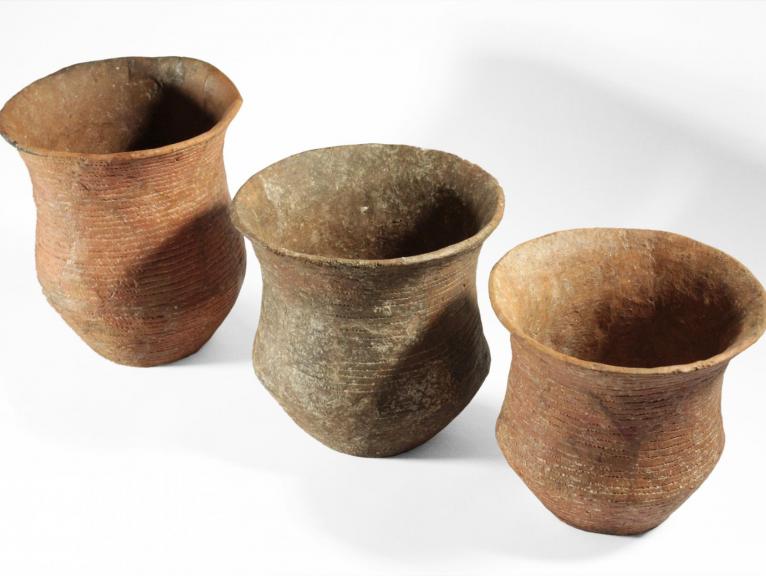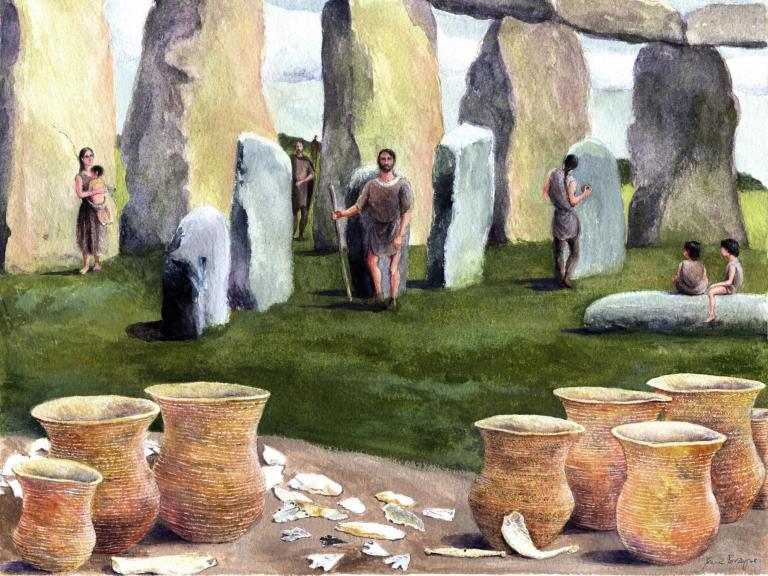51.172805933731, -1.7753544822335
For well over two decades Wessex Archaeology has been investigating a 130-hectare site on Amesbury Down, south-east of Amesbury, in advance of its residential development. The site lies close to the eastern boundary of the Stonehenge World Heritage Site, and during the course of the works many discoveries have been made, dating from the Mesolithic to the Romano-British period, that are recognised to be of national and, in some cases, international significance.
The Challenge
When the investigations started in 1993, the site was thought likely to contain important archaeology, although only as the work progressed was the full significance of the site gradually revealed. The challenge for Wessex Archaeology, therefore, has been to make a comprehensive record of the site’s rich archaeological remains, both to a standard appropriate to their significance for research, and in a manner that enabled the site’s developers (Bloor Homes, Persimmon Homes (South Coast) Ltd and QinetiQ Ltd) to progress their construction programmes with the minimum of disruption.
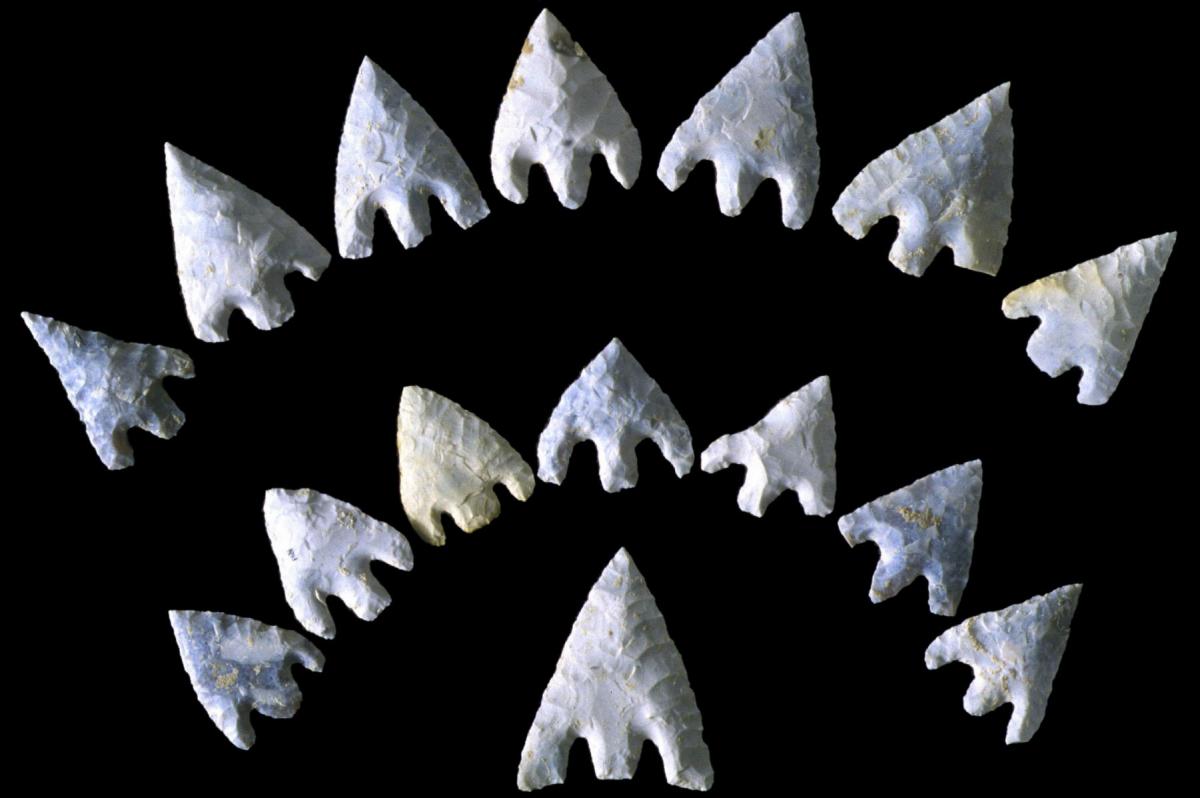
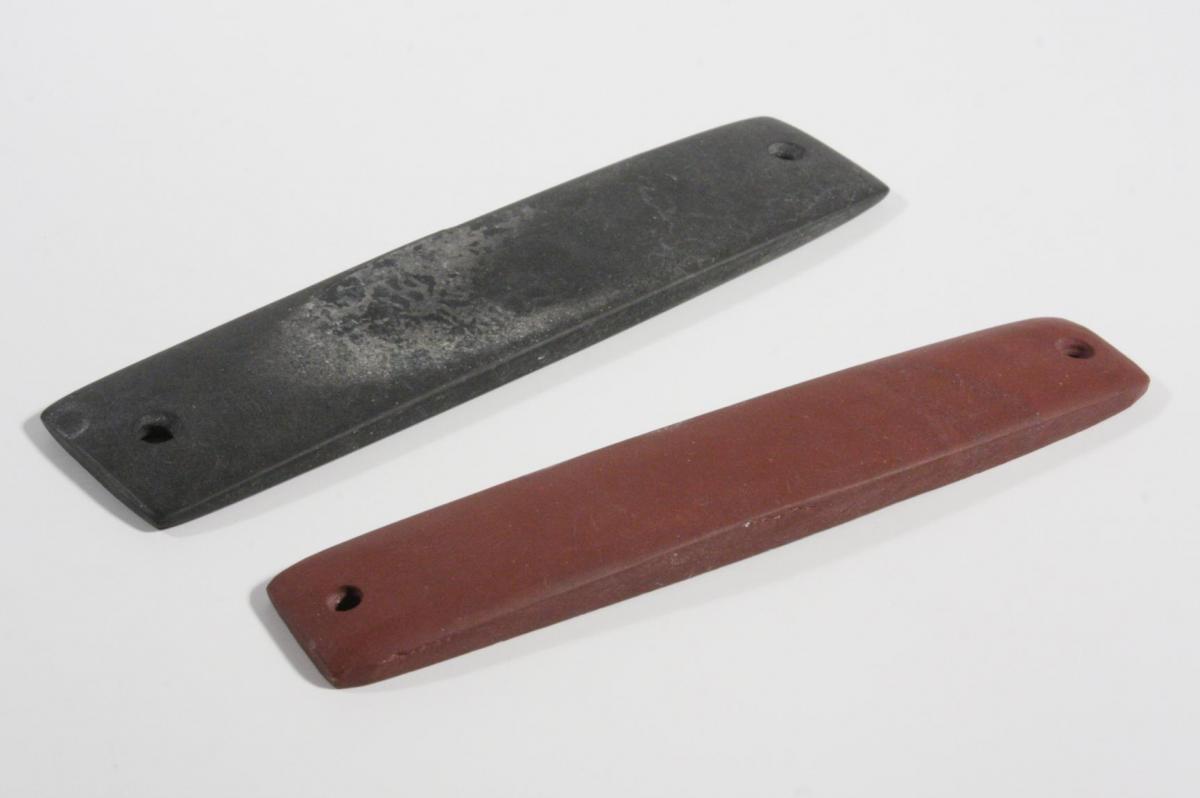
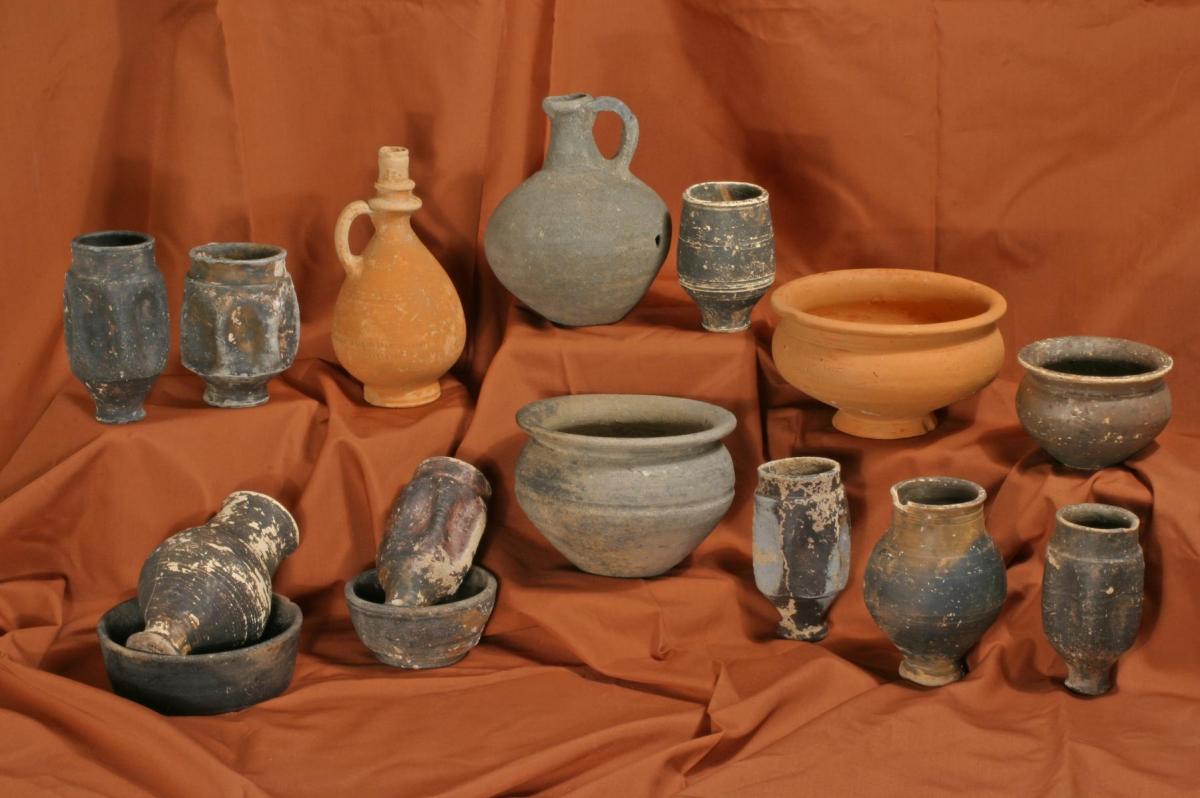
Our Approach
The development of an evolving strategy for the site’s investigation, agreed between developers, curators and archaeologists, resulted in a multi-phase programme of archaeological works involving desk-based assessment, geophysical survey, aerial photograph mapping, test pit and trial trench evaluation, geoarchaeological investigation, excavation and watching brief. These have generated over forty ‘grey literature’ client reports, and have resulted in major programmes of analysis, reporting and publication.
Clear and continuing communication with the developers, curators, national archaeological institutions and the public – about the plans, progress and results of the archaeological works – has been an essential component of this long-term project’s success, for all parties. Indeed some of the archaeological finds has been adopted by the developers, such as in the naming of the Amesbury Archer Primary School and the Bowman Community Centre after the occupant of one of the earliest known Beaker graves in Britain dating to the 24th century BC – and one of the most richly furnished yet found in Europe.
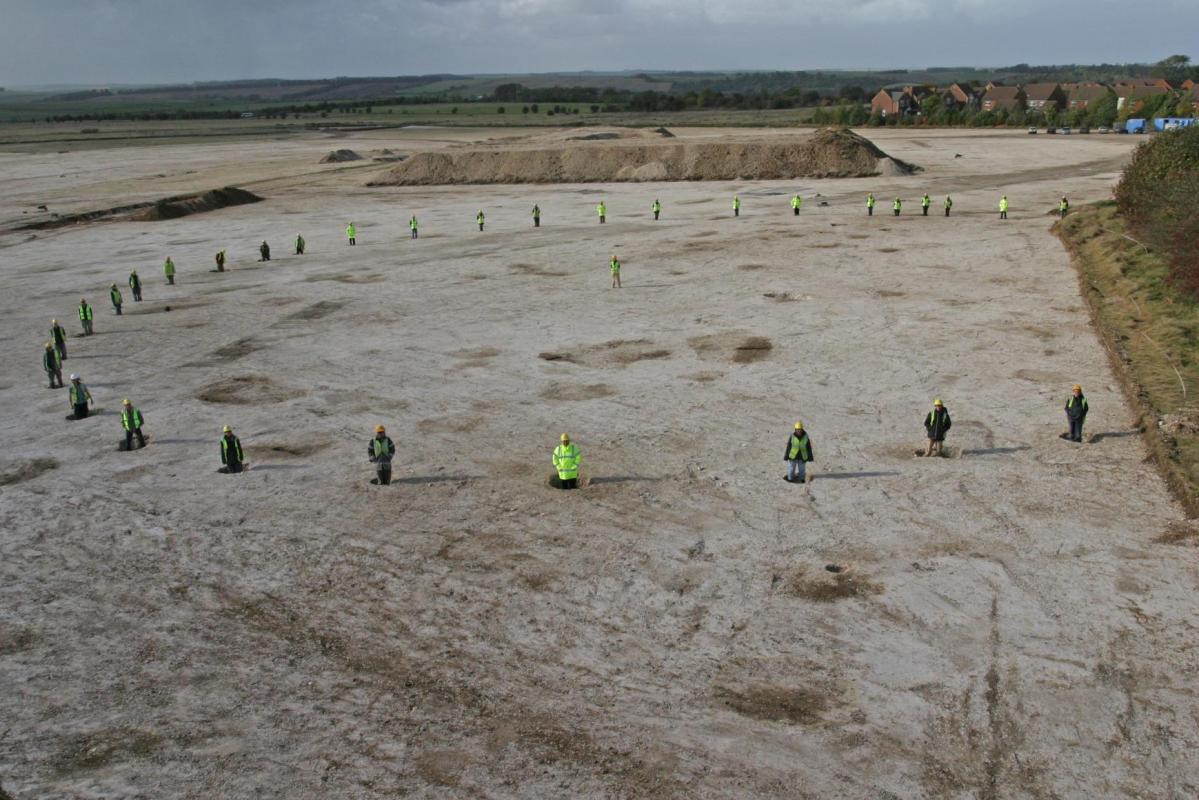
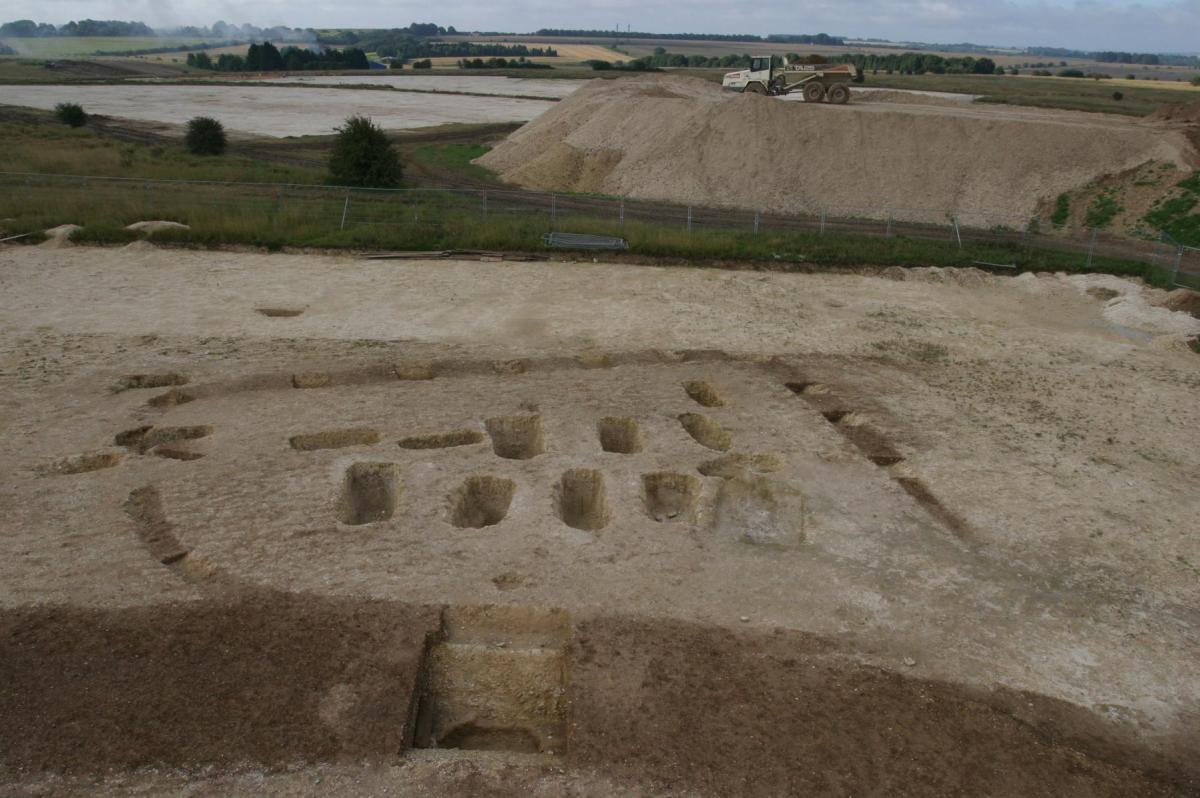
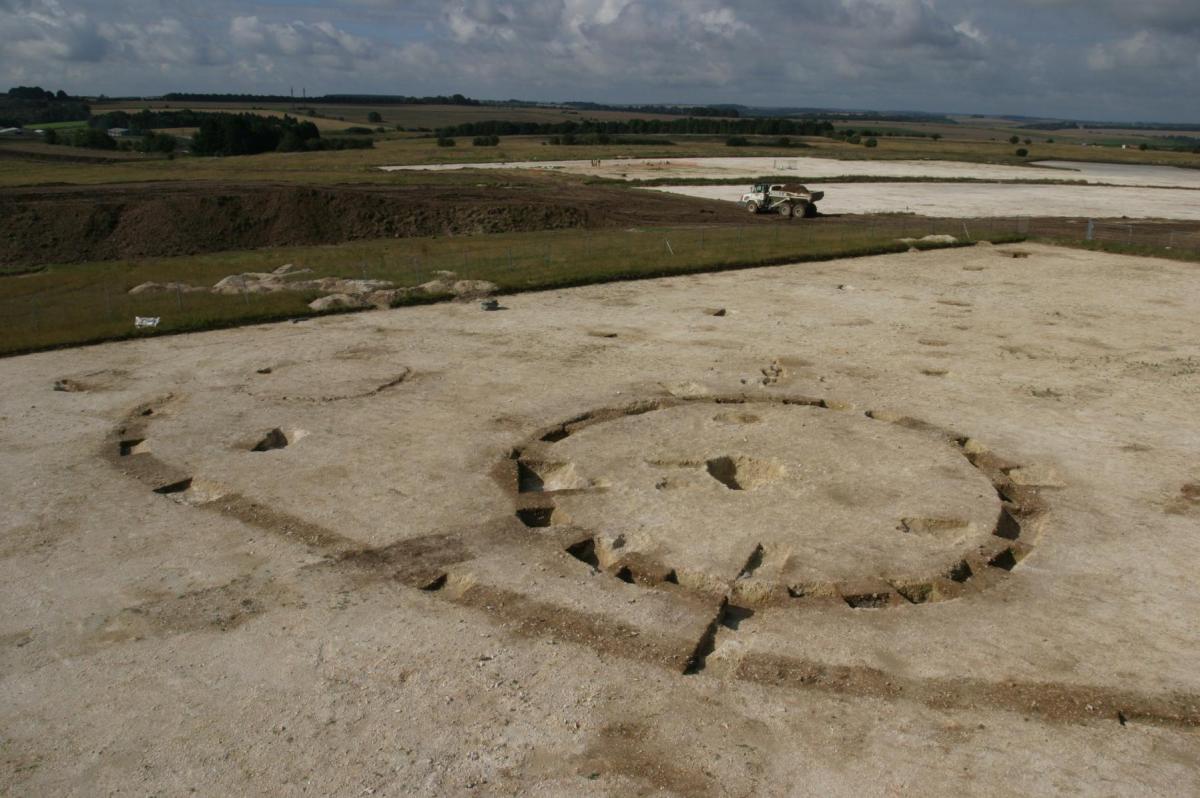
470 evaluation trenches opened
350 prehistoric and Romano-British graves excavated
40+ client reports produced
Our Results
The findings from the site have generated world-wide media attention and academic interest, and they have engaged the local community in the long and fascinating history of the landscape in which they live.
The results of the investigations are being published by Wessex Archaeology in a series of four volumes. The first, The Amesbury Archer and the Boscombe Bowmen (Fitzpatrick 2011) describes three Beaker graves considered to be of particular significance on account of their early date and the wealth and character of their associated grave goods.
The remaining three volumes are currently in preparation. The second describes many of the prehistoric features on the site, including important Neolithic monumental features and pit deposits, over fifty burials of Neolithic to Iron Age date, and prehistoric settlement starting in the Early Bronze Age. The third volumes describes the features of Romano-British date, including settlement structures and some 300 graves (inhumation and cremation) found within eight separate cemeteries on the site. The final volume (covering the most recent phase of fieldwork) focuses on an extensive Iron Age settlement.
The significant finds, including the burial of the ‘Amesbury Archer’, are on display at Salisbury Museum (www.salisburymuseum.org.uk/).
